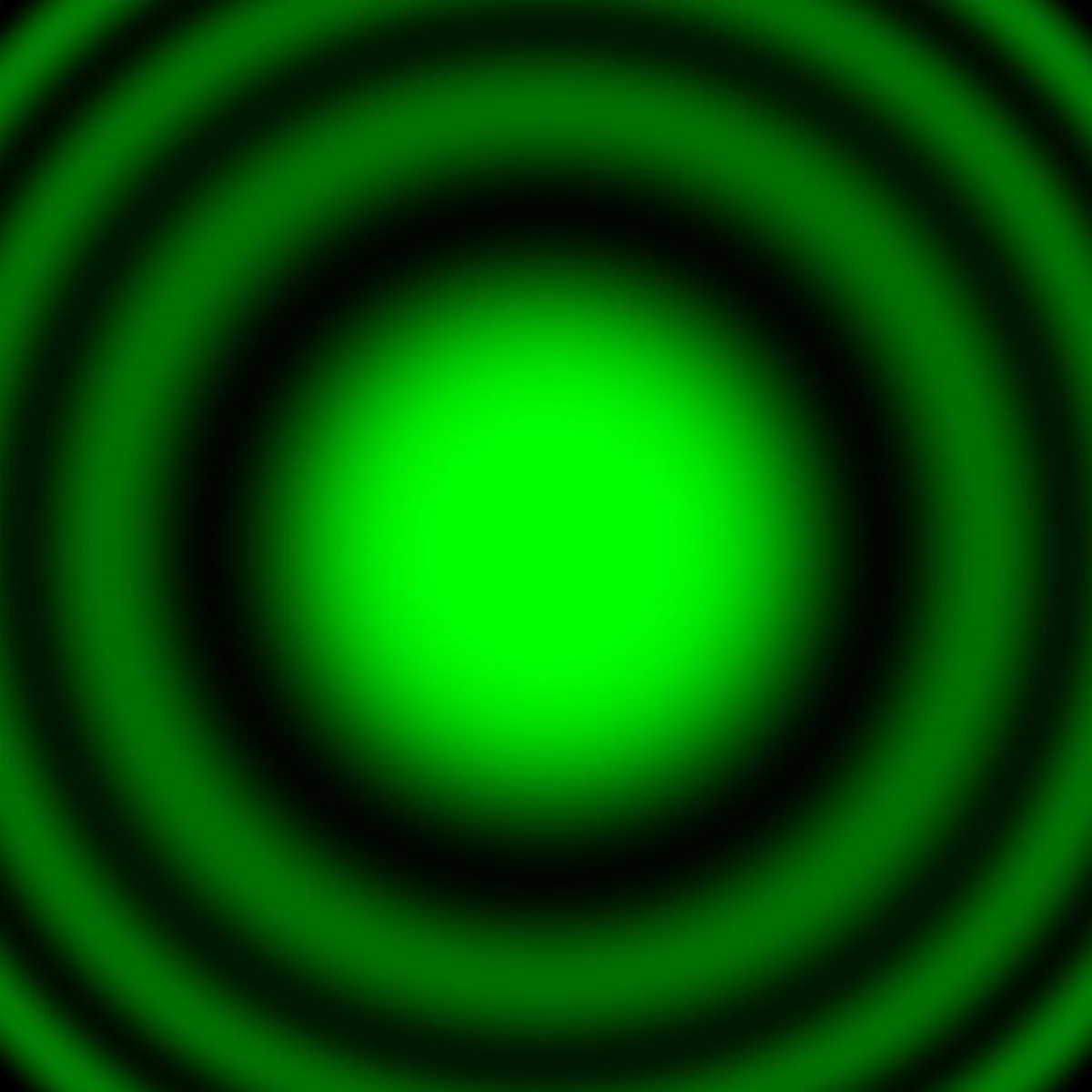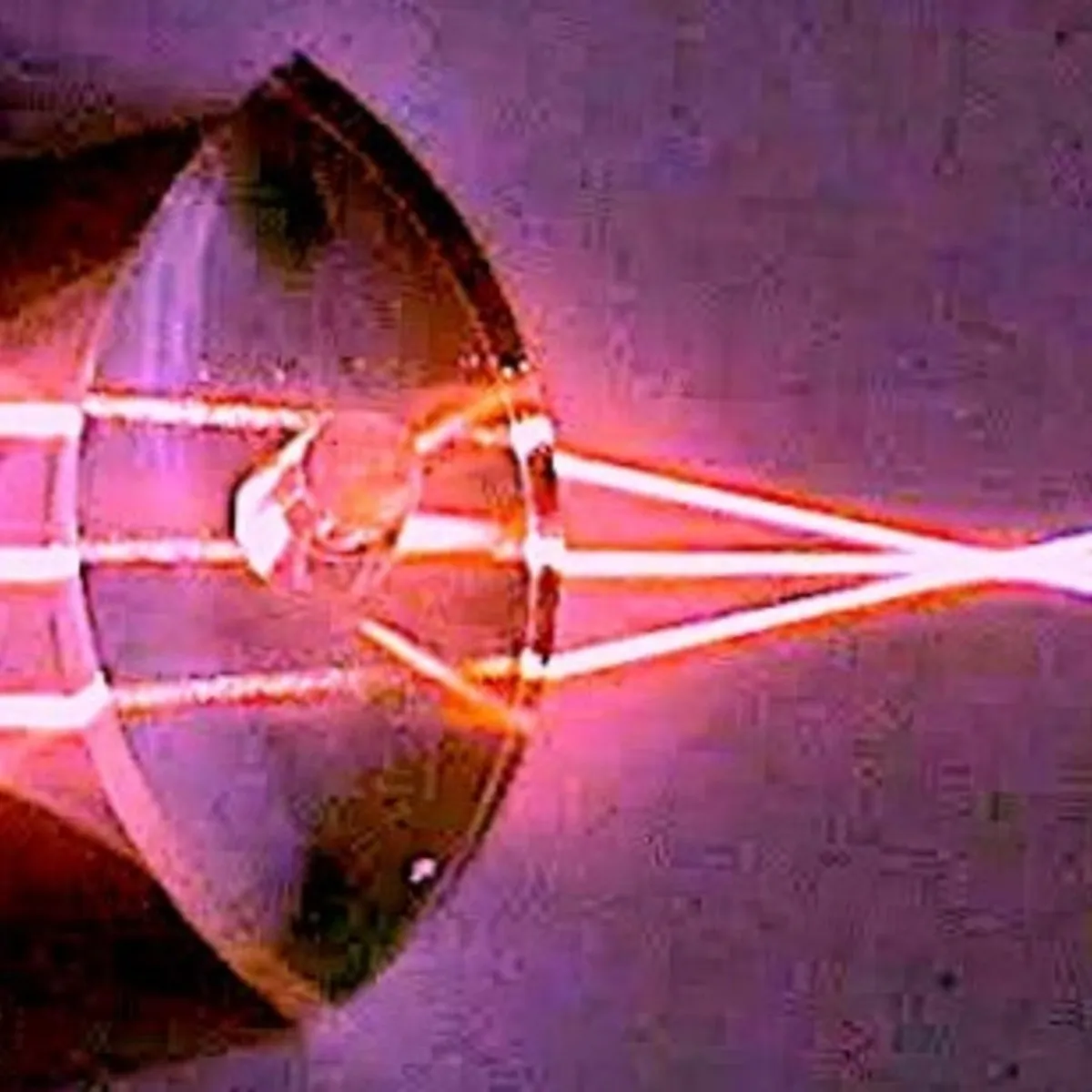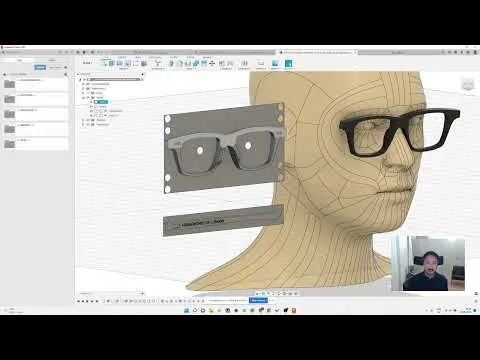
Design of High-Performance Optical Systems 
Discover the secrets behind designing high-performance optical systems with this captivating course. Whether you're an aspiring engineer or simply curious about the technology that shapes the world, this course offers a comprehensive exploration of optical instruments. From understanding the propagation of different wavelengths to correcting aberrations in non-paraxial systems, you'll gain invaluable knowledge. Plus, delve into the fascinating world beyond lenses and uncover the intricacies of the human eye. With the aid of OpticStudio by Zemax, you'll analyze complex systems that were previously out of reach. Don't miss this opportunity to enhance your understanding of optical design. ▼
ADVERTISEMENT
Course Feature
![]() Cost:
Cost:
Free
![]() Provider:
Provider:
Coursera
![]() Certificate:
Certificate:
Paid Certification
![]() Language:
Language:
English
Course Overview
❗The content presented here is sourced directly from Coursera platform. For comprehensive course details, including enrollment information, simply click on the 'Go to class' link on our website.
Updated in [September 25th, 2023]
What does this course tell?
(Please note that the following overview content is from the original platform)This course can also be taken for academic credit as ECEA 5602, part of CU Boulder’s Master of Science in Electrical Engineering degree.Optical instruments are how we see the world, from corrective eyewear to medical endoscopes to cell phone cameras to orbiting telescopes. This course extends what you have learned about first-order, paraxial system design and optical resolution and efficiency with the introduction to real lenses and their imperfections. We begin with a description of how different wavelengths propagate through systems, then move on to aberrations that appear with high angle, non-paraxial systems and how to correct for those problems. The course wraps up with a discussion of optical components beyond lenses and an excellent example of a high-performance optical system – the human eye. The mathematical tools required for analysis of high-performance systems are complicated enough that this course will rely more heavily on OpticStudio by Zemax. This will allow students to analyze systems that are too complicated for the simple analysis thus far introduced in this set of courses.We considered the value of this course from many aspects, and finally summarized it for you from two aspects: skills and knowledge, and the people who benefit from it:
(Please note that our content is optimized through artificial intelligence tools and carefully reviewed by our editorial staff.)
What skills and knowledge will you acquire during this course?
During this course, students will acquire the following skills and knowledge:
1. Understanding of how different wavelengths propagate through optical systems.
2. Knowledge of aberrations that occur in high angle, non-paraxial optical systems and techniques to correct for them.
3. Familiarity with real lenses and their imperfections.
4. Ability to analyze and design high-performance optical systems using OpticStudio by Zemax.
5. Understanding of optical components beyond lenses.
6. Knowledge of the human eye as an example of a high-performance optical system.
7. Mathematical tools required for the analysis of high-performance optical systems.
Who will benefit from this course?
This course will benefit individuals who are interested in or working in the field of optical engineering or design. It is particularly relevant for those who want to specialize in the design of high-performance optical systems.
Professionals in industries such as optics, photonics, and imaging will find this course valuable as it covers advanced topics related to optical instruments. This includes individuals involved in the design and development of corrective eyewear, medical endoscopes, cell phone cameras, and telescopes.
Students pursuing a Master of Science in Electrical Engineering degree with a focus on optical engineering at CU Boulder will also benefit from this course, as it is part of their curriculum.
The course is designed for individuals who already have a basic understanding of first-order, paraxial system design and optical resolution and efficiency. It aims to expand their knowledge by introducing real lenses and their imperfections, as well as addressing aberrations that occur in high angle, non-paraxial systems and how to correct them.
The course also covers optical components beyond lenses and provides an in-depth analysis of a high-performance optical system, specifically the human eye.
To effectively analyze and understand high-performance systems, students will need to use OpticStudio by Zemax, a powerful software tool. Therefore, individuals interested in learning how to use this software for optical system analysis will find this course beneficial.
Course Provider

Provider Coursera's Stats at AZClass
Discussion and Reviews
0.0 (Based on 0 reviews)
Explore Similar Online Courses

Optical Efficiency and Resolution

First Order Optical System Design

Python for Informatics: Exploring Information

Social Network Analysis

Introduction to Systematic Review and Meta-Analysis

The Analytics Edge

DCO042 - Python For Informatics

Causal Diagrams: Draw Your Assumptions Before Your Conclusions

Whole genome sequencing of bacterial genomes - tools and applications

Beginners Eyewear Design Pop-up Class #2+3: Frame tracing&Face scan&Smart design&Adjustability

Beginners Eyewear Design Pop-up Class #1: Intro to Fusion 360 + very helpful Q&A session


Start your review of Design of High-Performance Optical Systems